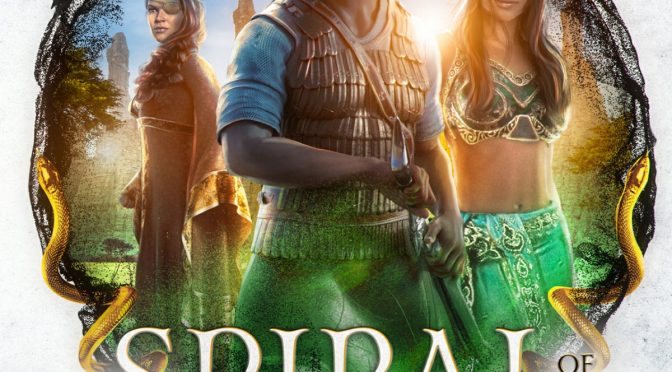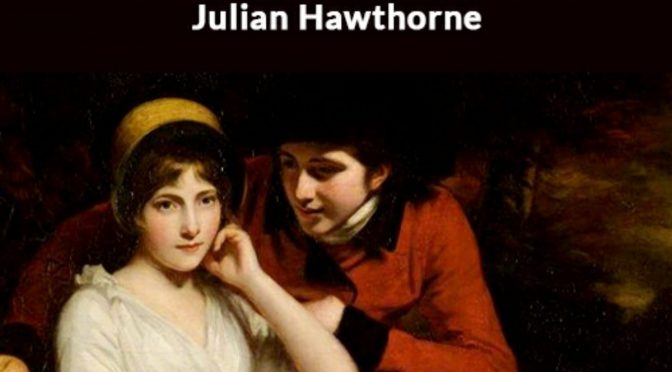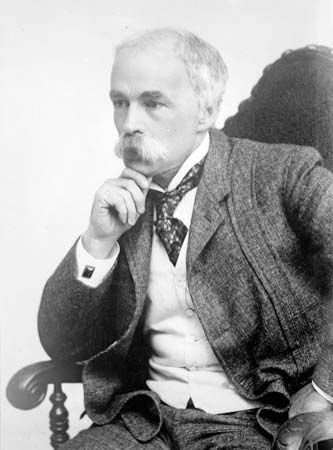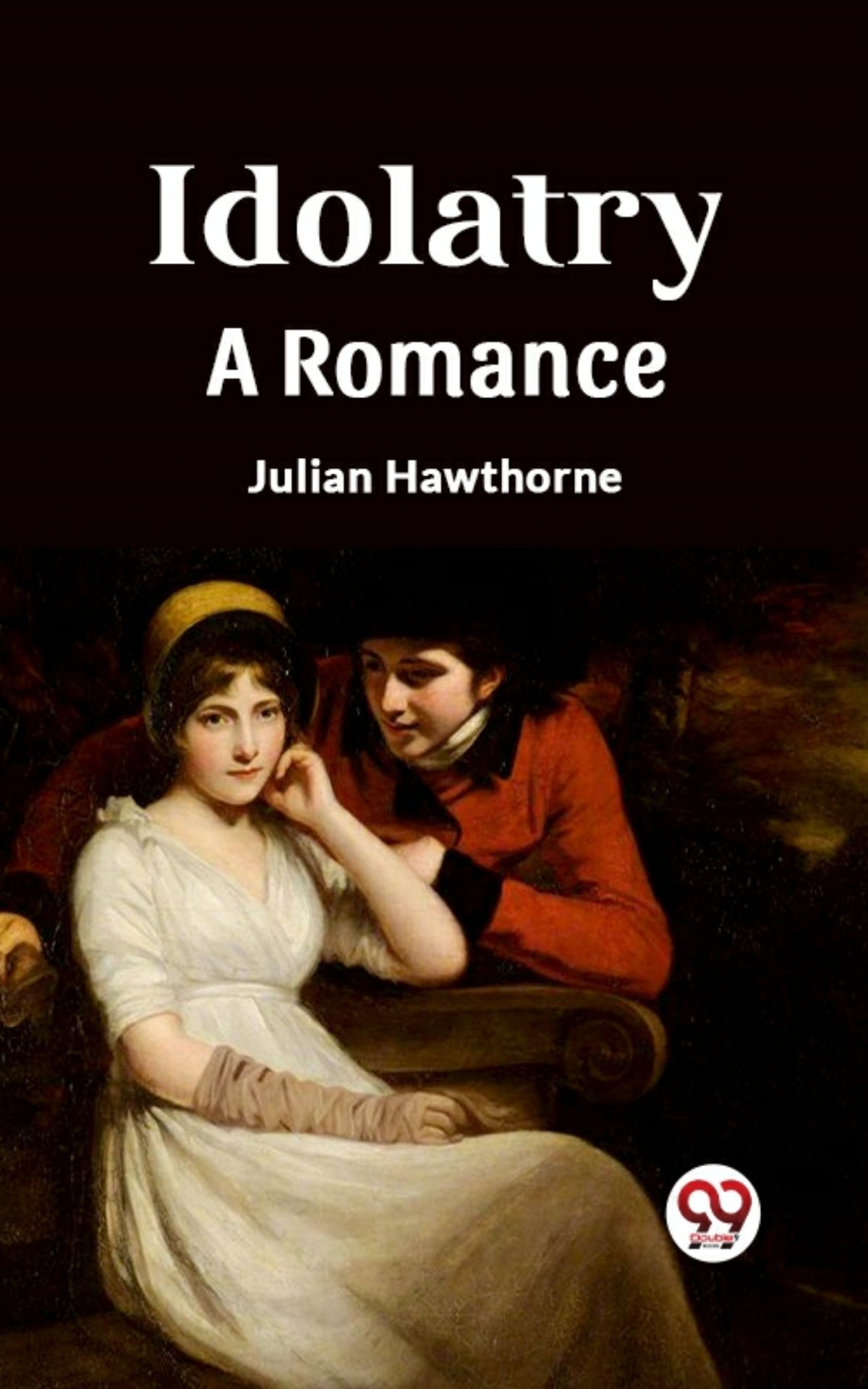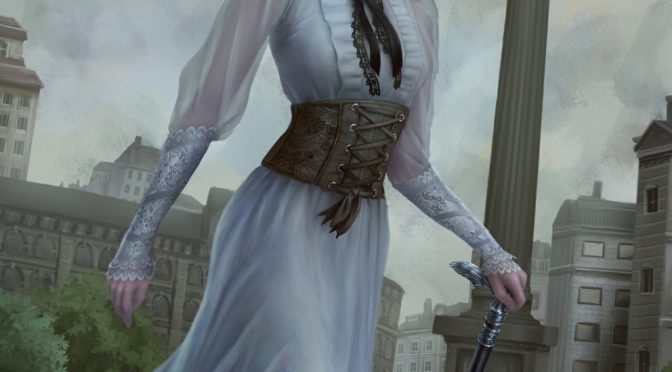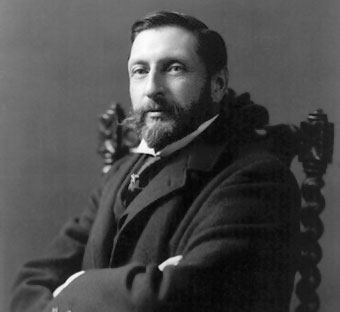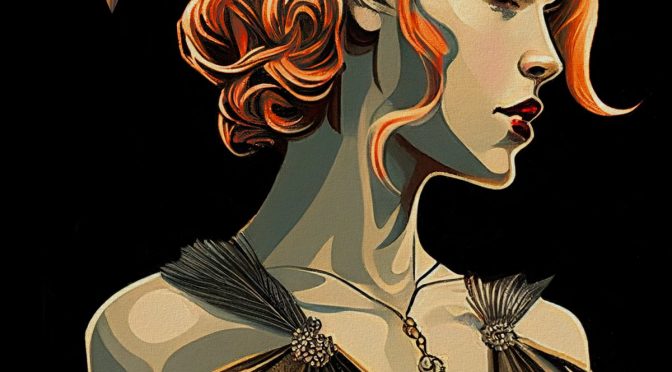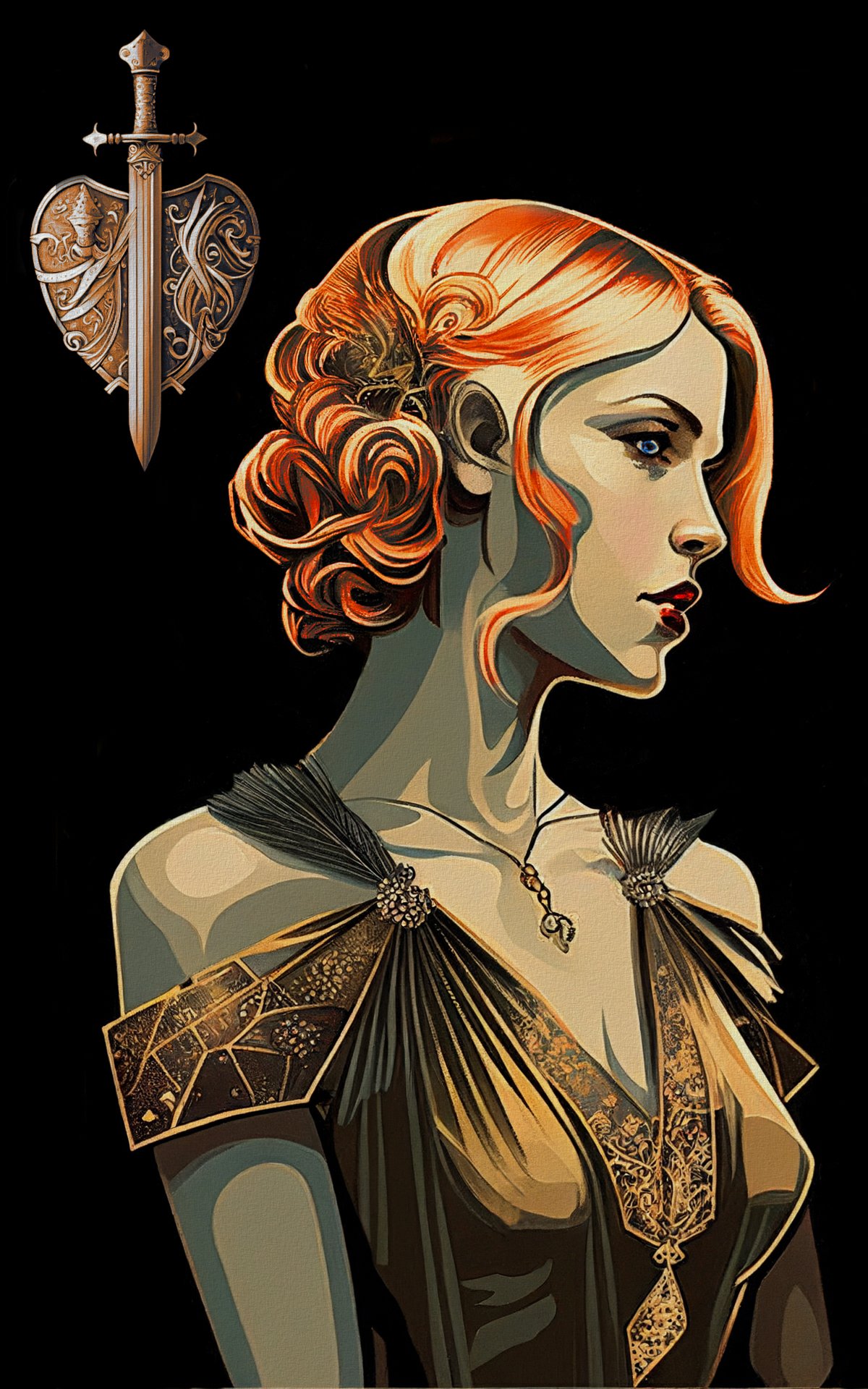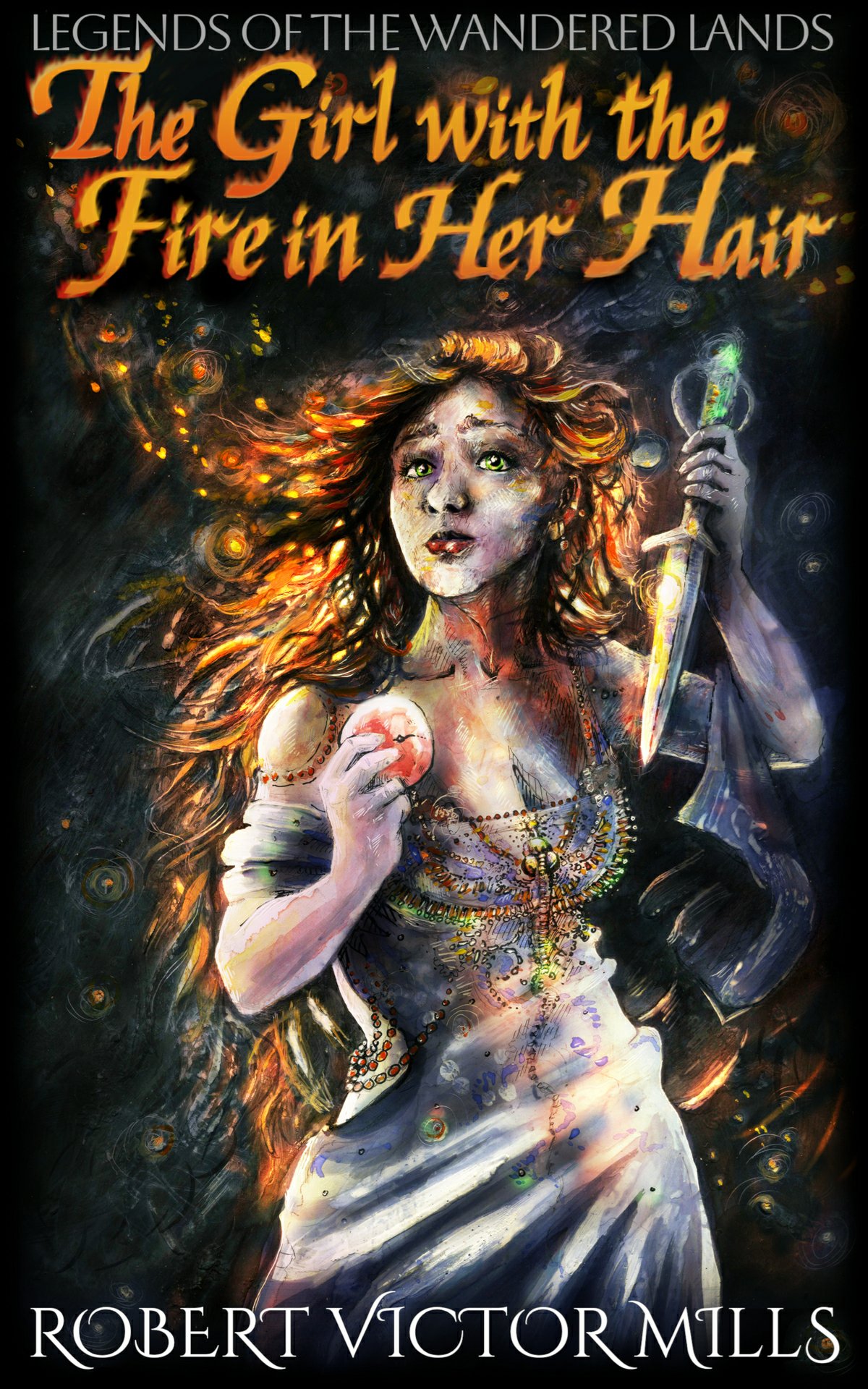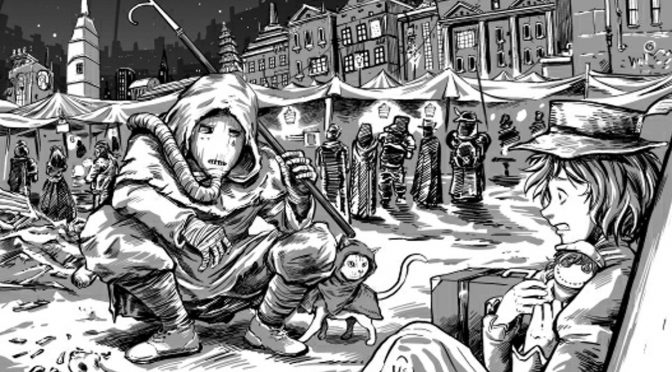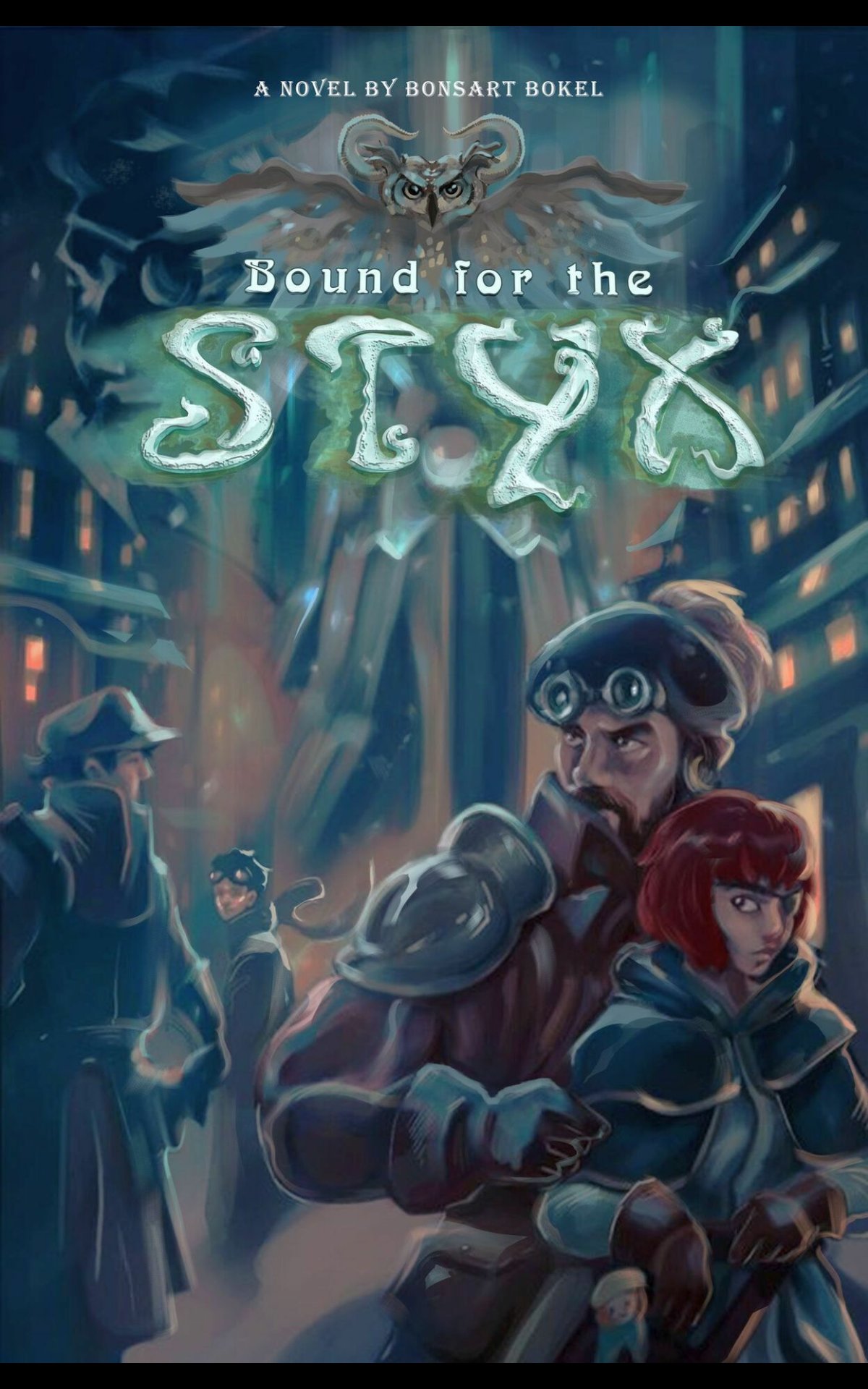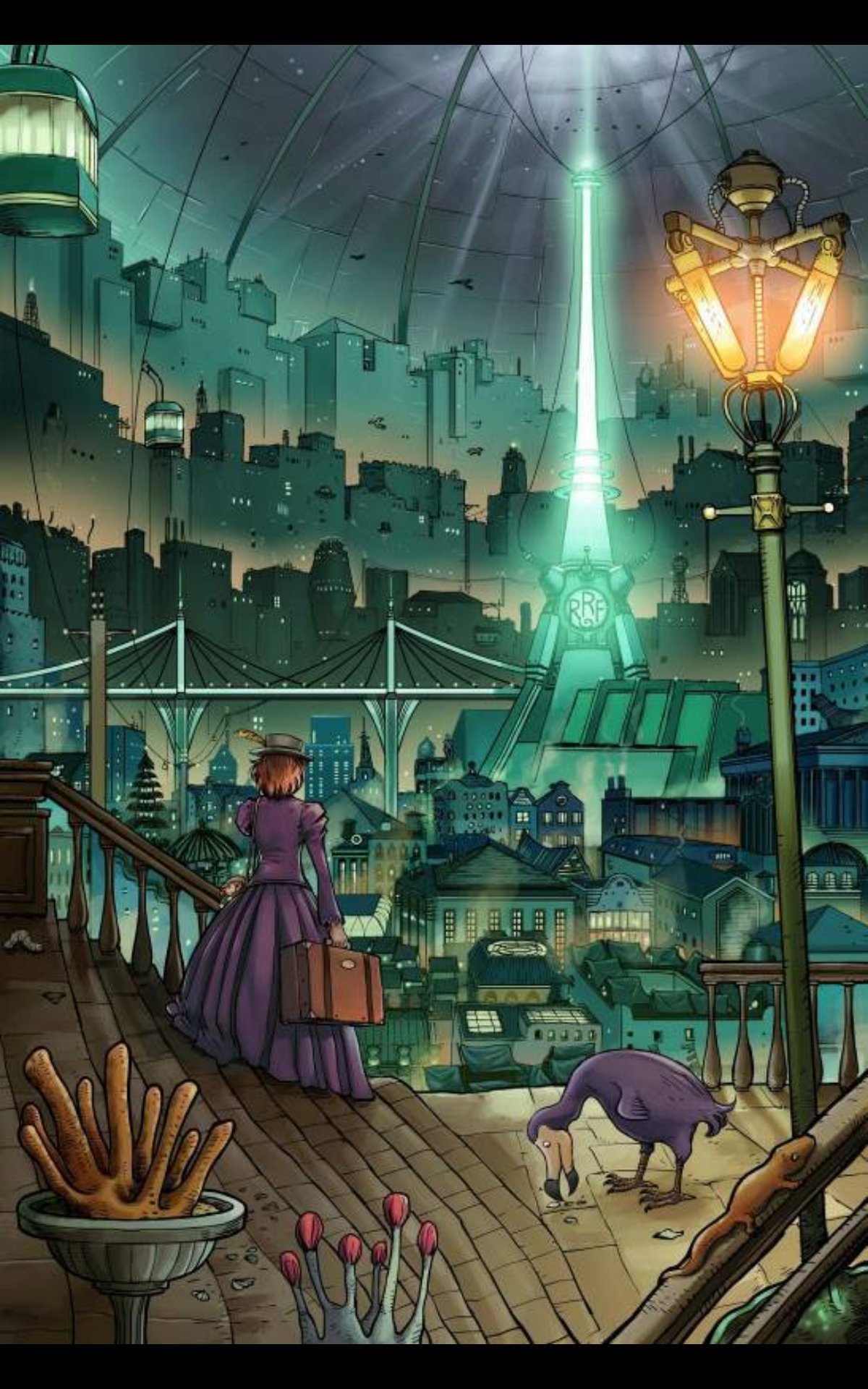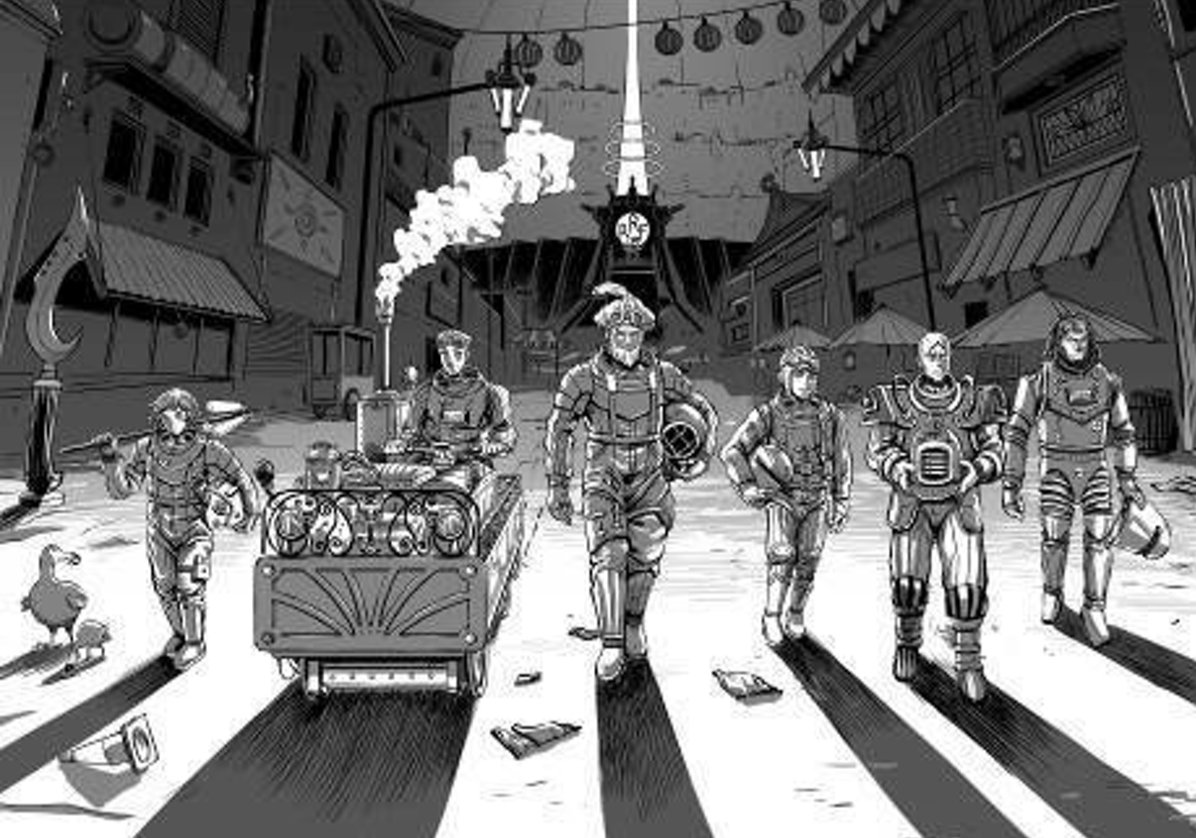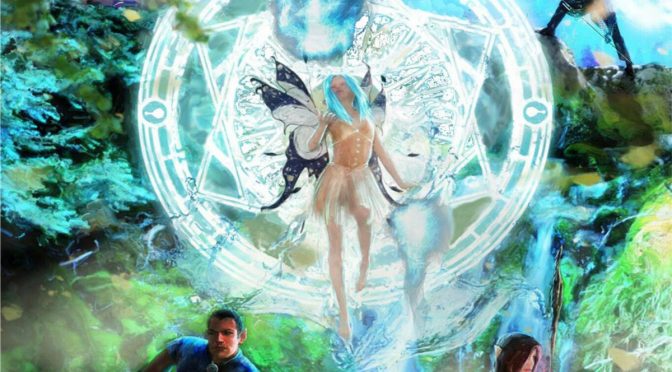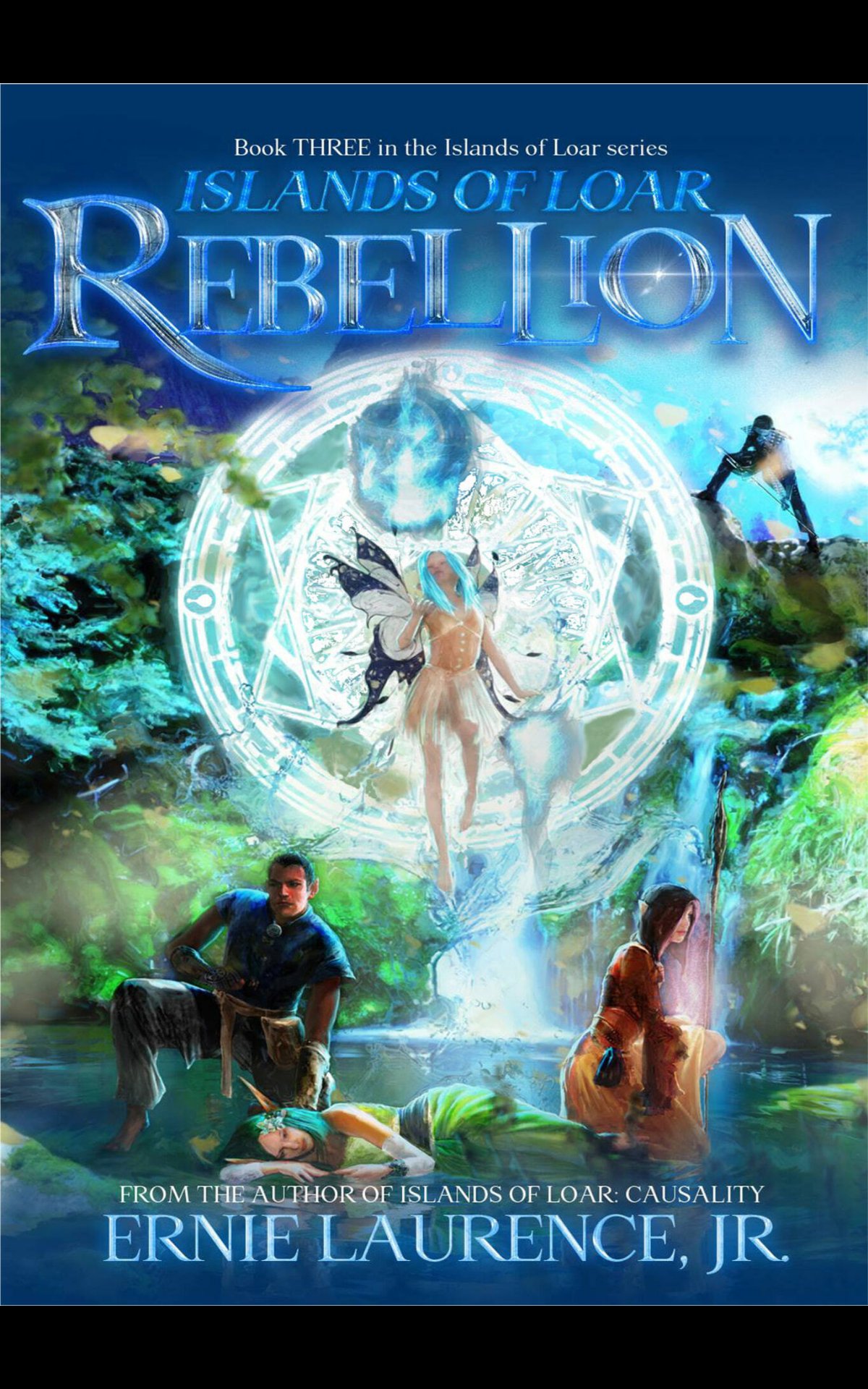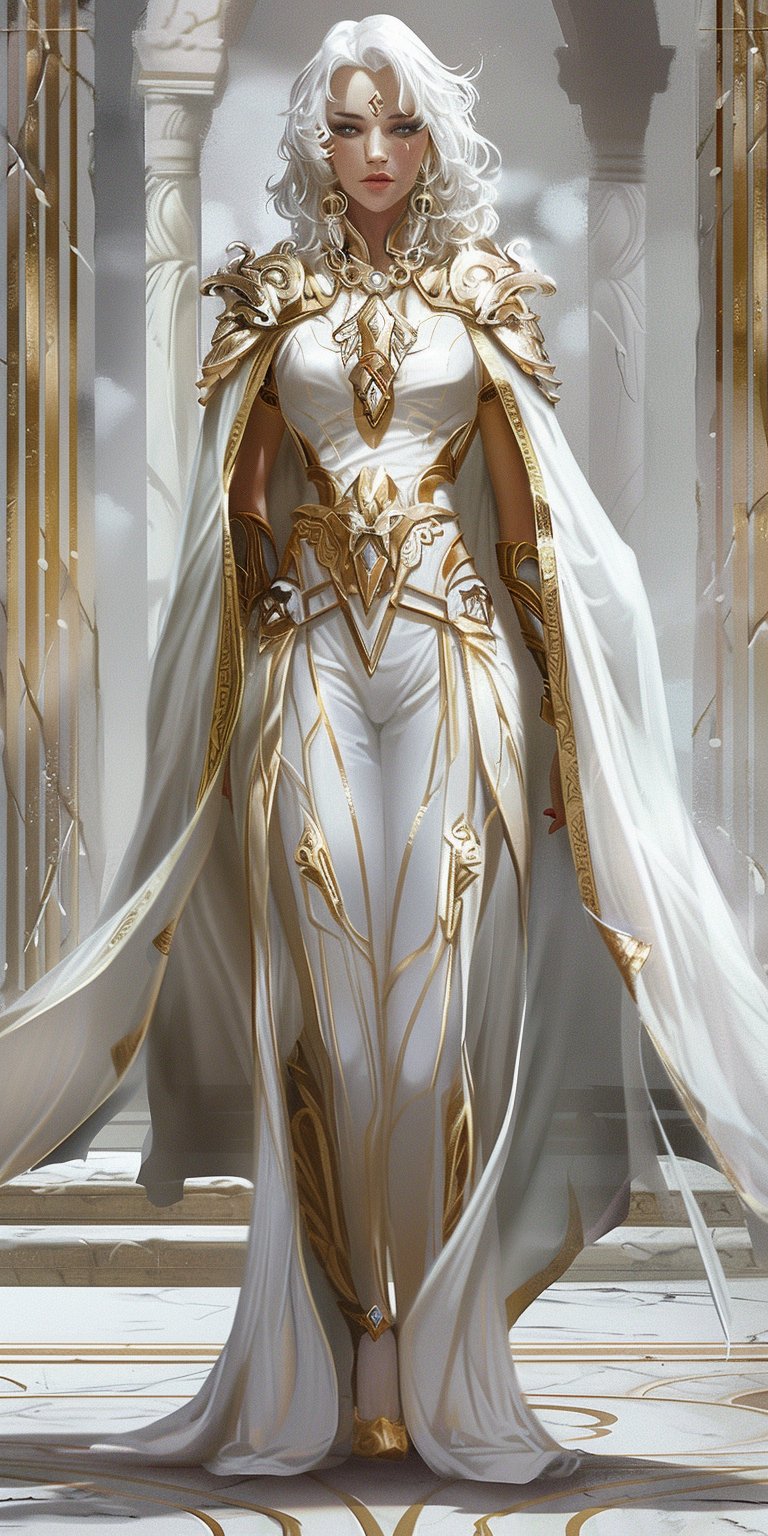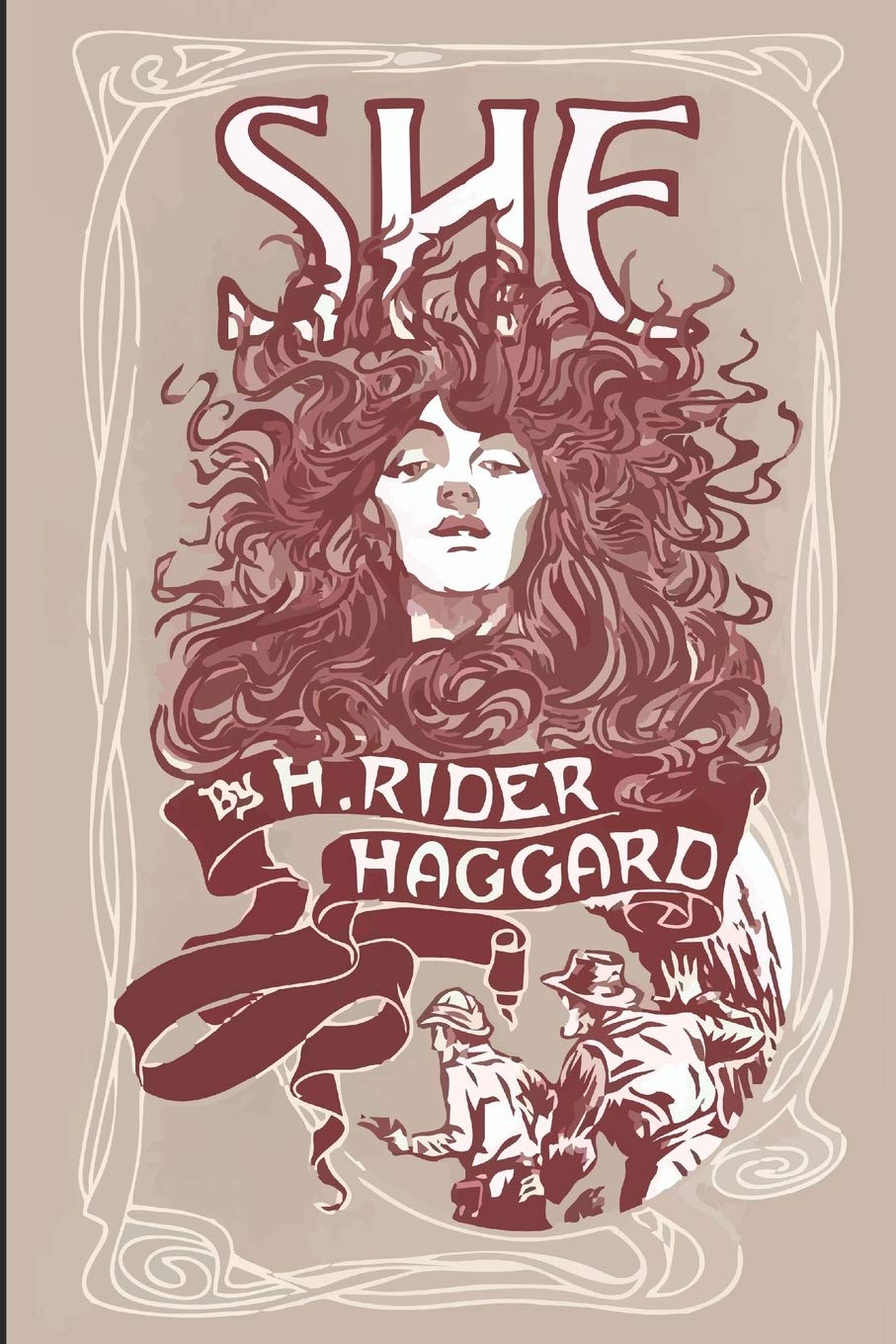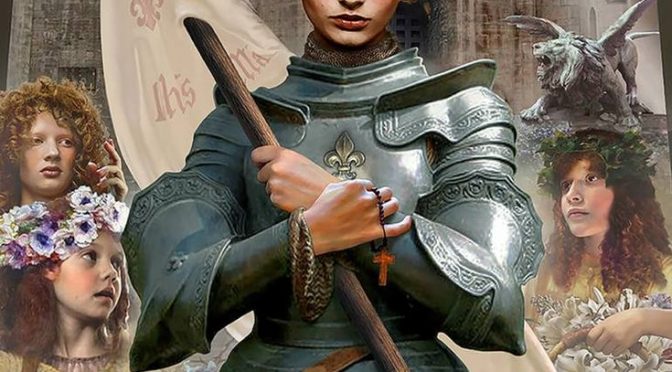By Mark Twain
Reviewed by

In my humble opinion, this is the second ‘most quotable’ book in existence after the Holy Bible. Written by the author that was nicknamed ‘the father of American literature’-Samuel Langhorne Clemens, aka Mark Twain, this masterpiece has a very special place in my heart for different reasons.
ME AND JOAN:
If you’ve followed me on social media for any amount of time, or even if you have randomly bumped into any of my posts, you might have noticed that I often bring up the character of Joan of Arc. That’s because the Maid of Orleans has a very special place in my heart, mind, and soul. I don’t want to get too esoteric but I’ve had Joan appear to me in dreams often or sometimes she will pop into my mind at the most unexpected times. Surely this is the result of the magnitude of impact she has had on my life. I feel a bond and connection that bypass time and space. There is no other character other than Jesus Christ that has influenced me to such an extent. Her life and death move me and inspire me daily.
WITCH OR SAINT?
There’s always been a lot of controversy around the image of Joan of Arc. Some revere her as a messenger of God and she is upheld and embraced by Catholicism at large. Others think that she was a witch or at best just a country girl with a mental disorder. Whatever your stand might be in that regard, her character and her story comprise what TRUE LEGENDS are made of.
I’m not Catholic, Mark Twain was not Catholic, yet both of us have been drawn to her character in love, awe, and reverence.
And there’s a reason why many others who are not of French nationality or of the Catholic faith love her and respect her so much. When you get to know the undisputed facts of her life story-including the heinous way in which she was tried, convicted, and executed…how could you not?
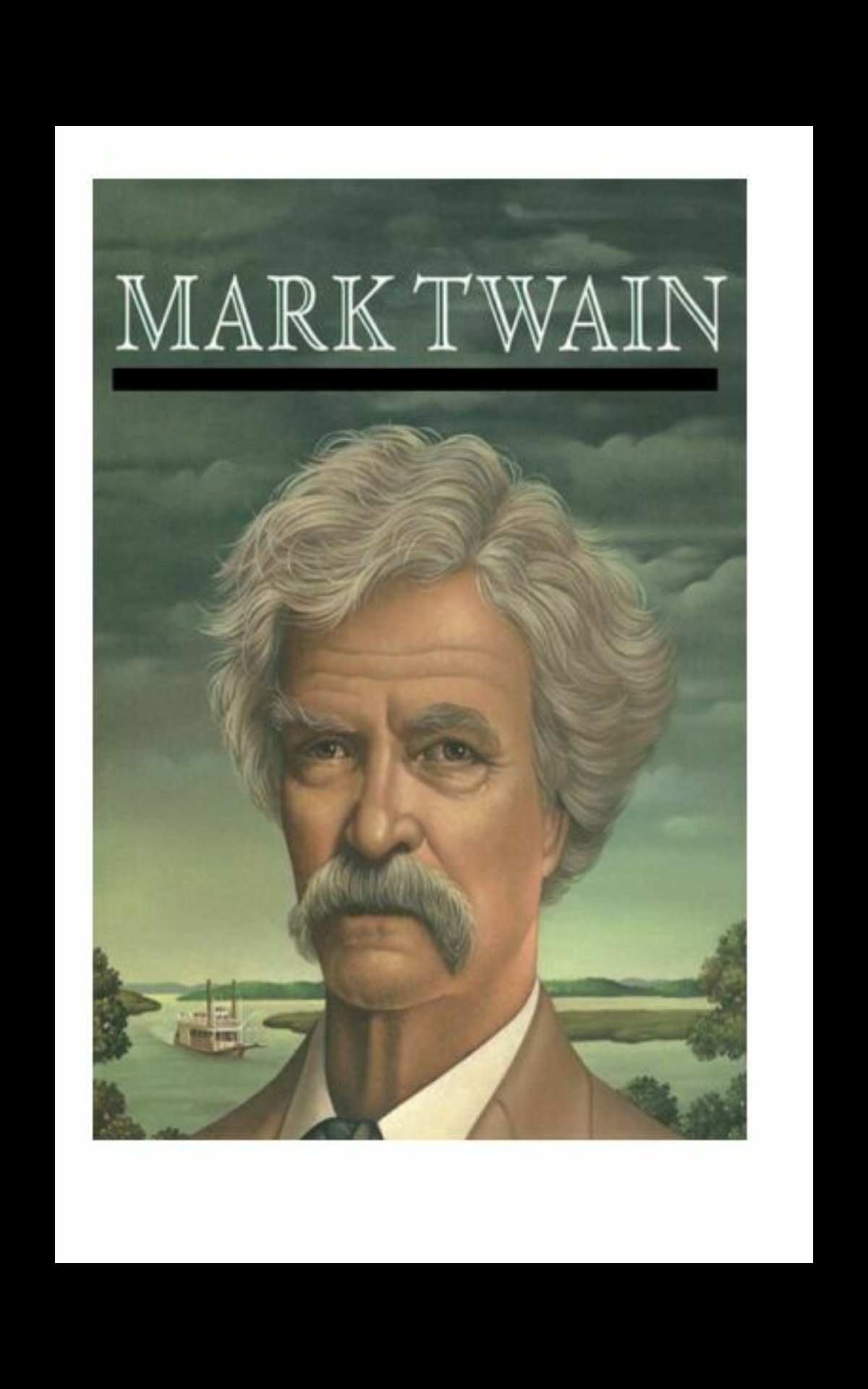
PLOT:
The story in Personal Recollections is told from the perspective of Joan of Arc’s paige, Louis de Contes. He was one of the closest people to Joan, from her childhood to her becoming commander-in-chief of the French army. He was witness to her upbringing from an uneducated farm girl in a small town of France to leading her country to freedom. Louis de Contes was always by her side first as a childhood friend, then as her paige. And this is his account of what he witnessed during those years. He recalls these events as an old man looking back, and the emotions are quite palpable through the lines so magnificently written by Mark Twain.
Though some events are fictionalized they don’t depart too far from the essence that was Joan of Arc and her life events. Mark Twain was very clear on not altering the elements that mattered most.
The book is structured into three main parts:
Part 1: In Domremy
Part 2: In Court and Camp
Part 3: Trial and Martyrdom
This is a labor of love and hard work, for it took Mark Twain 12 years of research and writing to bring it to completion.
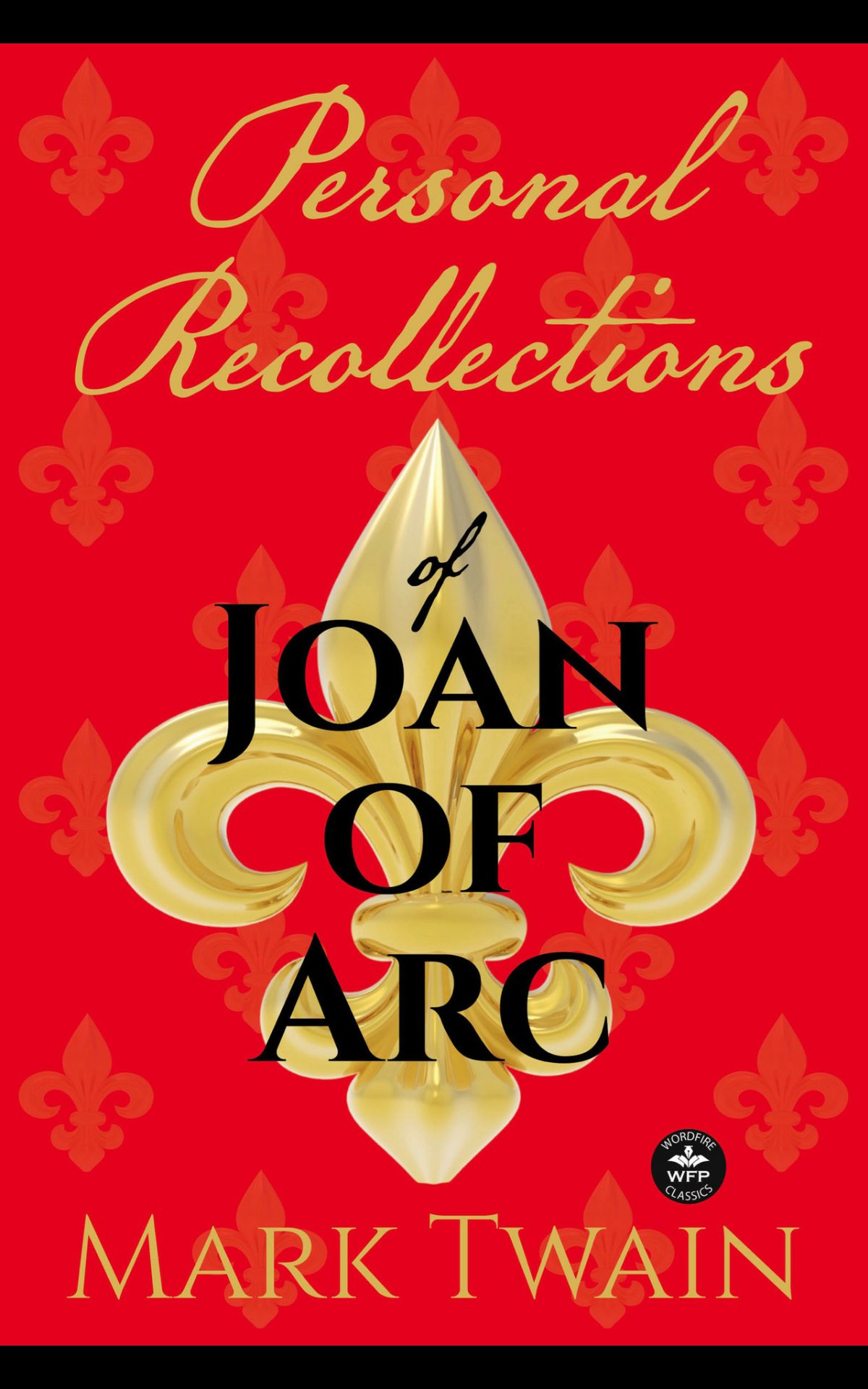
CHARACTERS:
What makes this story so rich is the fact that not only you have such a magnetic character as Joan herself, but a series of side characters so rich in personality that entire books could be written about them: from the Fairy Tree to her childhood friends; from Joan’s siblings to the people at court and the giant bodyguard known as the Dwarf. These are all rich characters that don’t just stand around to take up space but prove to be of fundamental importance to the plot. Some of them are funny (Paladin, the standard bearer) and some of them are despicable (the king’s counselors). Mark Twain is a master at creating stories within a story.
CLOSING REMARKS:
Mark Twain wrote some of the greatest pieces of American literature (The Adventures of Tom Sawyer; Adventure of Huckleberry Finn) and yet even he himself went on record to say that Personal Recollections of Joan of Arc was his best book. And it is!
Ask yourself this: why would an acclaimed American writer such as Twain take interest in a French national hero and saint of the Catholic Church? Twain himself grew up in a Southern culture that was openly hostile to Roman Catholicism.
The answer is very simple: Joan of Arc.
Joan of Arc is more than just a national hero to the French or a saint to the Roman Catholic Church. She is everything that is good, wholesome, truthful, godly. But also mysterious, enigmatic, peculiar, at times weird even… and that’s why we LOVE her!
“She was truthful when lying was the common speech of men.
She was honest when honesty had become a lost virtue.
She was a keeper of promises when the keeping of a promise was expected of no one.”
This shouldn’t be just the next book on your TBR list, my friends. This is the textbook every family should keep next to the Holy Bible. This is the book parents should read to their children. This is the book that you want to have always around to go back and rediscover over and over again. Its wisdom, humor, drama, adventures, and holiness are to be praised till the end of days.
~ Never Forget~
🦀
![]()

